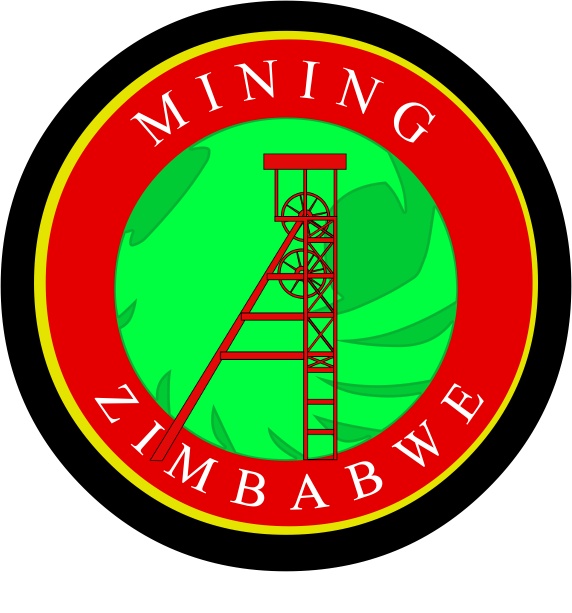At the beginning of this week, the gold price was holding firm at just over US$1,920 per ounce. Already, one day in, it’s moved to above US$1,935 and may be set to go higher yet.
And, at just over £1,575 per ounce, the sterling price is also nudging at records, although there was a run-up towards current levels back in the spring of last year as the Russian invasion of Ukraine combined with chaos in UK domestic politics.
The flight to safe-haven assets is understandable. But there’s also a corresponding desire to build in some upside.
Which is why the more creative of UK investors haven’t just been buying physical gold or ETFs.
They’ve also been moving into equities.
The reasons are simple enough.
Most gold mining companies have cost bases which are reasonably fixed. Inflation can move things around a little bit, especially if companies are overly leveraged towards oil for their energy costs.
But in general, once the overall cost at which an ounce of gold is produced – the all-in-sustaining cost is established, it can often stay fairly stable.
And that means that at times when the gold price jumps up significantly – as it has done by almost US$300 per ounce since November – all the gains go straight to the margin.
Big gold miners, like Endeavour and Barrick, do well. But heavyweight investors are already well exposed to these.
It’s the mid-caps and smaller producers, like Caledonia Mining, Pan African Resources, Ariana Resources, Chaarat Gold, Resolute, Scotgold, Shanta and Serabi that tend to get the real boost.
But there’s often a delayed effect, as market sentiment catches up with fundamentals, and investors work out exactly where the best gains are to be had.
No two gold miners are alike of course, which is where the stock-picking skill enters back into the equation. Gold companies offer the production of a safe-haven asset with the corresponding downside of operational and – sometimes jurisdictional – risk.
But some companies have a better track record than others in this regard, and backing an experienced team is probably the key to making the right choices in this space. In Southern Africa, both Caledonia Mining and Pan African look attractive and well-seasoned, boasting long track records of successful gold production and decades of experience of operating in the country – respectively Zimbabwe and South Africa.
Caledonia has just completed the expansion of production at its long-lived Blanket mine in the south of Zimbabwe and is currently also absorbing the acquisition of the country’s largest undeveloped gold resource. It’s managed to keep operating throughout the ups and downs of recent Zimbabwean history, to the extent that it’s now a significant player at a national level.
Source: Proactive Investors




